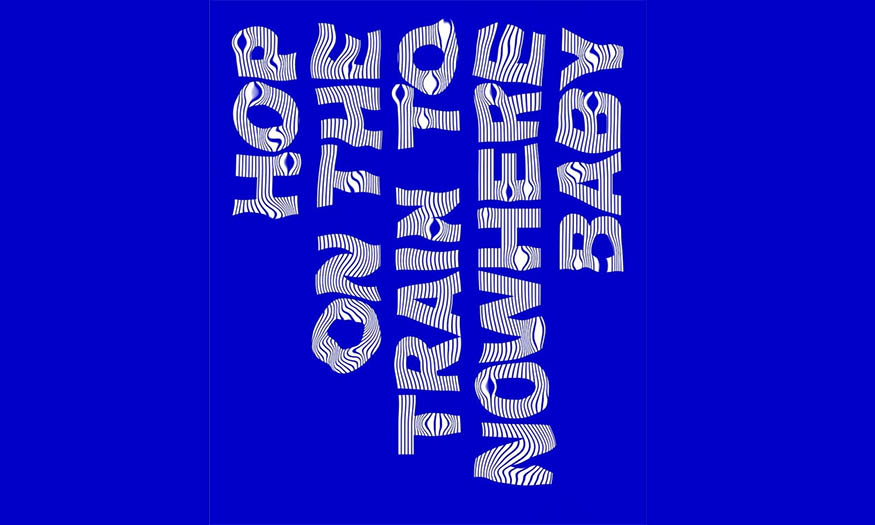Best Selling Products
What is a Designer? What does a Designer do?
Nội dung
Designer is one of the hottest jobs in recent years. This industry has high market demand, attractive salary, freedom to be passionate about creativity,... Let's find out more about this hot job with SaDesign through the following shares.
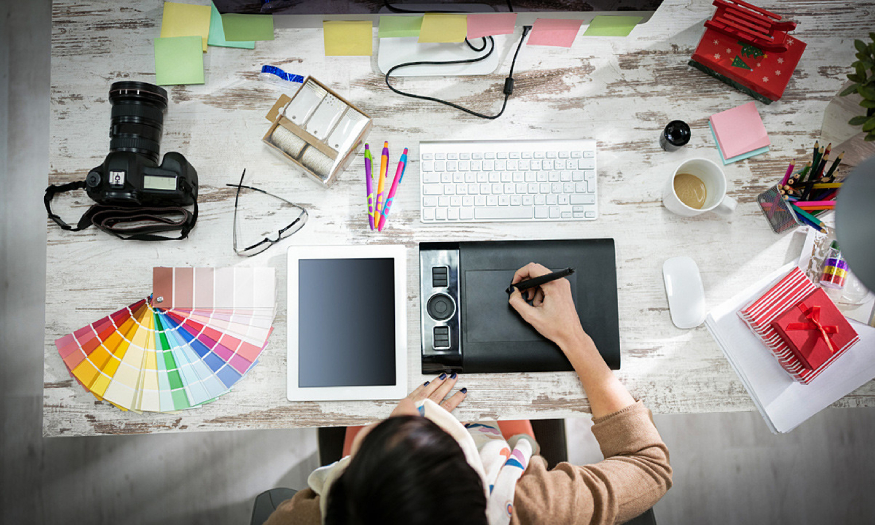
1. What is a Designer?
“Designer” is the English term for “Designer”. They use creativity, idea development and technical knowledge to solve problems and meet user needs.
.jpg)
Designers can work in many different fields such as graphic design, product design, interior design and fashion.
2. What is the job of a Designer?
Designer jobs are diverse and depend on the field of activity. Below are some specific, common jobs that Designers often undertake:
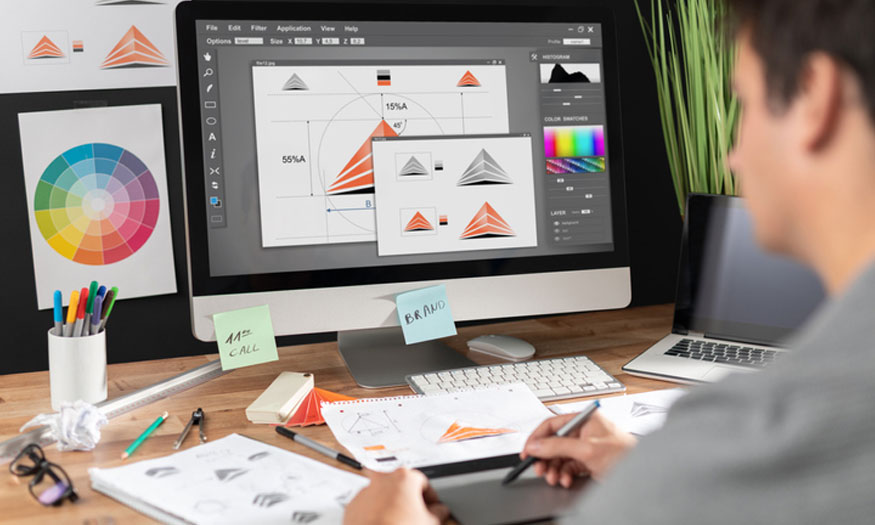
- Generate ideas, discuss and agree on ideas with customers
- After finalizing the idea, we will sketch and proceed with the design.
- Provide a complete design to customers.
- Receive feedback from customers and make adjustments to suit customer requirements.
- After editing, the product will be approved for the printing process.
- Update product images to serve as a reference for future designs.
- Deliver finished products to customers.
Designers play a vital role in shaping user experience and enhancing brand value.
3. Types of Designers today
In the modern creative world, there are many types of designers with different specialties, each of whom plays an important role in the product development process. Let's explore these common types of designers and their roles in the creative industry.
3.1. Graphic designer

Graphic designers are creative professionals who use images, text, and color to effectively communicate messages. They can combine art and technology to create visual products such as logos, posters, advertisements, packaging, and social media content. Graphic designers not only create aesthetic elements but also focus on functionality and user experience.
The work of Graphic Designers is extremely diverse, typically:
- Learn about trends, customer needs and current design styles.
- Create initial sketches to visualize design concepts.
- Use software such as Adobe Illustrator, Photoshop and InDesign to create design products.
- Develop templates to present ideas to clients or teams.
- Get feedback and then make the necessary adjustments to perfect your design.
- Work with marketing, product development and other departments to ensure brand consistency.
- Take courses or workshops to stay up to date on new trends and improve your design skills.
3.2. Fashion designer
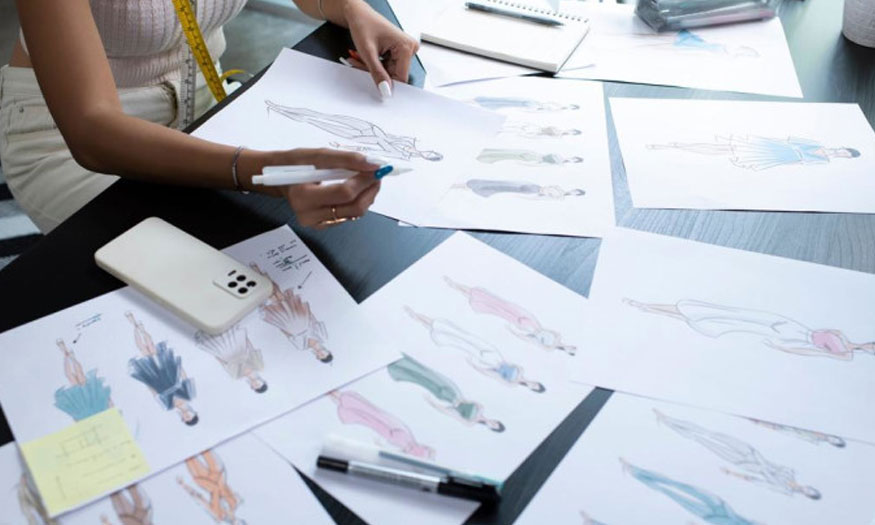
Fashion design is a creative profession that involves designing and developing collections of clothing and accessories. Fashion designers focus not only on aesthetics but also on usability, market trends, and consumer needs. They often work with fabrics, colors, and shapes to create new products, from everyday wear to haute couture.
The basic work of fashion designers includes:
- Monitor and analyze fashion trends, market demand and customer preferences.
- Sketch out initial ideas for the collection, including styles, materials, and colors.
- Design and create prototypes to test product appearance and functionality.
- Get feedback from clients and make necessary adjustments to perfect the design.
- Work with manufacturers to ensure products are produced to standards and on time.
- Monitor the production process of designs.
- Attend fashion weeks or exhibitions to showcase collections and connect with industry professionals.
3.3. Interior designer
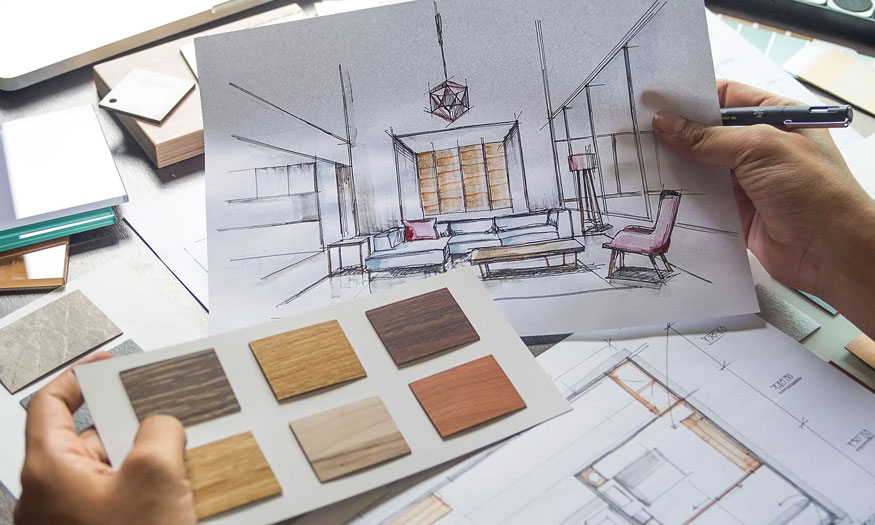
Interior designers help make the space in the house convenient, beautiful, and optimize the applications... They determine the space requirements, select necessary items, and come up with ideas for decoration such as color, lighting, materials,...
Interior designers must be able to draw, read and edit blueprints. Have a solid understanding of building codes, inspection regulations and many other related construction regulations.
Here are the tasks of interior design:
- Learn about client's wants and requirements to develop appropriate design ideas.
- Search and bid for new interior space projects.
- Consider the lifestyle, usage, and movement habits of the members in the home.
- Create technical drawings and 3D models to present ideas to clients.
- Monitor project progress, coordinate with contractors, suppliers and other stakeholders to ensure project completion on time and on budget.
- If needed, create prototypes so the client can visualize the finished space.
- Monitor the construction and installation process to ensure everything goes according to plan.
- Always update new design trends, technology and materials to apply to work.
3.4. Industrial Designer
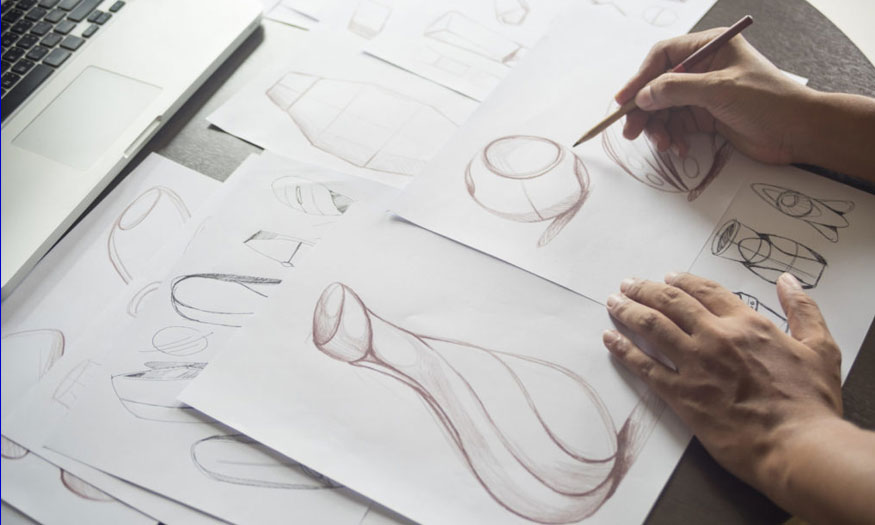
Industrial design is a creative field that specializes in the development and optimization of consumer products and devices, such as automobiles, home appliances, toys, etc.
Industrial Designers combine fields such as art, business, engineering, etc. to create products that people use every day. They consider every aspect from form, function, materials to manufacturing process, to meet consumer needs and enhance the user experience.
Industrial designer jobs include the following:
- Explore consumer needs and trends to identify new product design opportunities.
- Research the different ways a product can be used and who will use it.
- Create and sketch initial design ideas for products, often including hand drawings or 3D models.
- Search and select materials that meet product performance, cost and sustainability requirements.
- Design and manufacture prototypes to test product feasibility and performance.
- Conduct testing and inspections to evaluate products from a user, safety and performance perspective.
- Get feedback from stakeholders and make necessary adjustments before mass production.
- Work with engineers and manufacturers to ensure designs can be manufactured efficiently and meet quality standards.
- Always keep an eye on new trends in design, technology and materials to improve products.
4. Skills needed to pursue a career as a Designer
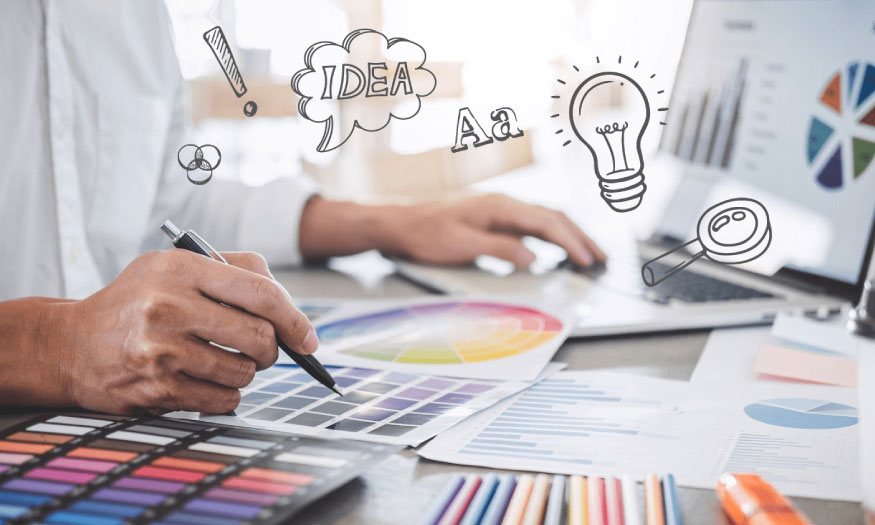
If you are interested in the career of Designer, you cannot ignore the important skills that help you develop your career. Below, we will introduce in detail the essential skills that a designer should equip to succeed in this field.
- Analytical skills: is the ability to consider, evaluate and solve design-related problems systematically and methodically. Helps designers create quality products and also contributes to improving user experience and efficiency in the work process.
- Creativity: The ability to come up with new and unique ideas is at the core of the design profession. Designers need imagination and creativity to turn abstract ideas into concrete products, while adapting to market trends and needs.
- Communication skills: Good communication skills not only help designers communicate ideas effectively but also build good relationships with clients and colleagues, and carry out large and long-term design projects. Communication skills are essential for the smooth operation of the work.
- Computer skills: graphic designs need to be modeled using specialized computer software. Without computer skills, designers will not be able to work in this field.
- Time management skills: Due to the nature of the job, designers often have to deal with a large amount of work. Arranging tasks properly will help designers complete all deadlines quickly.
5. Current career opportunities for Designers

Career opportunities for designers today are diverse and abundant, thanks to the rapid development of technology and the high demand for design in many fields. Let's find out the trends and job opportunities that Designers can expect today below:
- Graphic design: Work in advertising or media companies, or freelance, creating images, logos, and media publications.
- Web design: Develop user interfaces and experiences for websites and applications, often working in technology companies or agencies.
- Fashion Design: Create clothing and accessory collections, work for fashion brands or open your own store.
- Interior Design: Designing living and working spaces, collaborating with clients and contractors on construction projects.
- Product Design: Developing consumer products such as appliances, electronics, etc. often works in manufacturing or design companies.
- User Experience Design (UX/UI): Focus on improving user experience on digital products, working in product development teams.
- Animation and Motion Graphics Design: Create animated videos, commercials and media content, can work for production studios or freelance.
- Brand identity design: Building and developing brand images for companies, from logos to media publications.










































